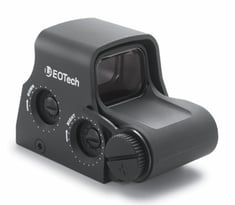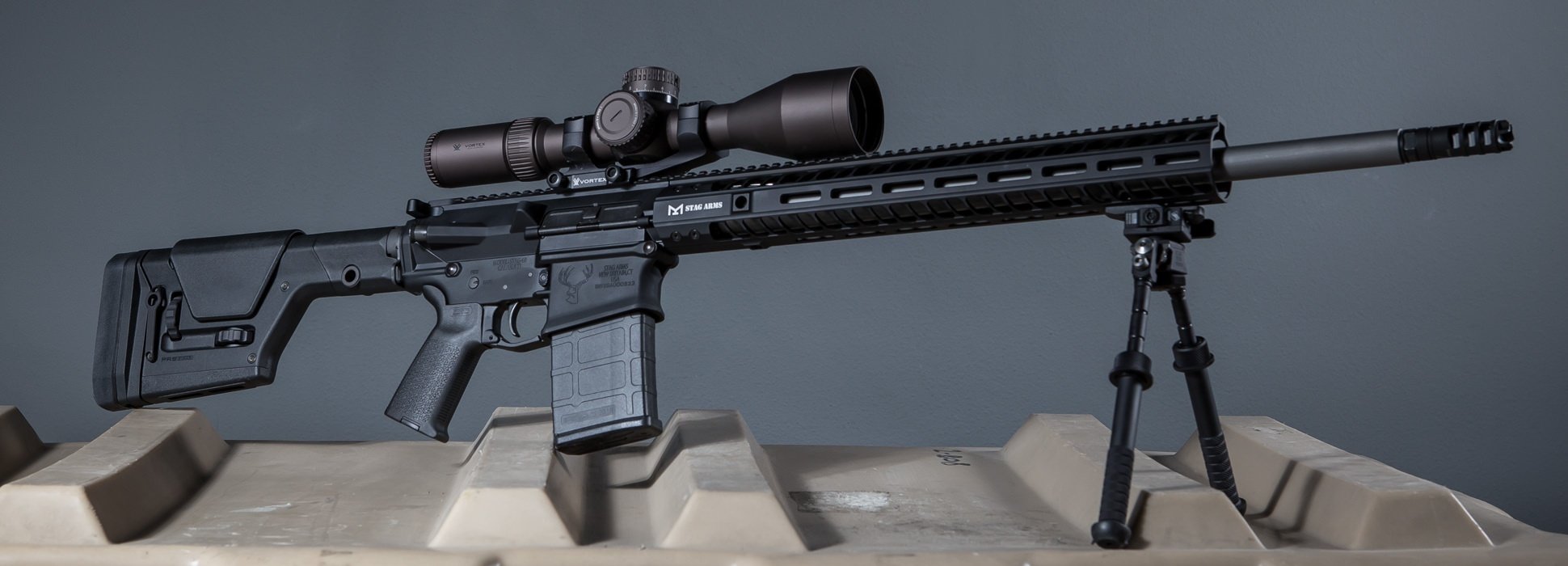 Red dot sights have revolutionized many types of shooting. Combining advantages of iron sights and rifle scopes, they also bring advantages that no previous sighting system has offered. Whether you are in combat, competition, or hunting dangerous game, red dot sights can allow you to use your skill to the greatest potential.
Red dot sights have revolutionized many types of shooting. Combining advantages of iron sights and rifle scopes, they also bring advantages that no previous sighting system has offered. Whether you are in combat, competition, or hunting dangerous game, red dot sights can allow you to use your skill to the greatest potential.
Unfortunately, most shooters are not using their red dot sights to the sight’s greatest potential.
The great improvement is speed, without decreasing accuracy. Red dot sights put you on target faster than iron sights and faster than magnified optics. In order to take advantage of that speed, a shooter must understand where it comes from and how to use the sight to maximize these advantages.
The first advantage is that the reticle is on the same focal plane as the target. When the eye is focused on the target, it is also focused on the reticle. Aiming is faster than with iron sights. The shooter does not need to change his focus from the target to the front sight and align the sights with each other and the target.
The second advantage is reduced parallax. Parallax is the tendency for a reticle to appear to move in relation to a target when the eye is moved behind the optic. If the position of the shooter's head changes behind a magnified riflescope, the point of impact can shift. (This is true with iron sights, too.) Quality red dot sights are designed so that parallax is present only at very close ranges where the effect is negligible to practical accuracy, while at most reasonable engagement ranges, there is no parallax. This means that the position of the shooter’s head is not critical to accuracy, making the optic fast and accurate even in awkward positions and for split-second aiming.
There are several types of reflex sights, using slightly different technology to accomplish the same effect. For the shooter, the techniques used to aim are the same:
- Focus on the target. Keep your focus there; you don’t need to change your focus to the sight. Keep both eyes open.
- Bring the rifle up to your cheek, don’t bring your head down to the rifle. Don’t move your head or take your focus off of the target. Put the stock as close the center of your chest as possible.
- With your focus on the target and both eyes open, you will see the reticle appear in front of you as the rifle comes up to your cheek. Keeping both eyes open and focused on the target, simply place the reticle on the intended point of impact, and squeeze the trigger.
If you practice this technique, you will find that your speed in acquiring and engaging a target will increase significantly over the use of iron sights.
When considering reflex sight, remember that this is an essential component of a complete system. Your sight is not an afterthought; it is the single most valuable component apart from the rifle itself. Be sure that you spend the money on a solid optic. You don’t need to be extravagant, but spend enough to get the quality you need. EOTech sights, for example, are combat proven and have a reputation for quality and reliability, yet are reasonably priced. If you feel you need something more economical, be careful. There are cheap optics available for $200 and less, but quality and reliability are usually poor. A good option for a very affordable optic is the Vortex Strikefire II. At an economical price, it has a reputation for quality and is backed by Vortex’s lifetime warranty.




